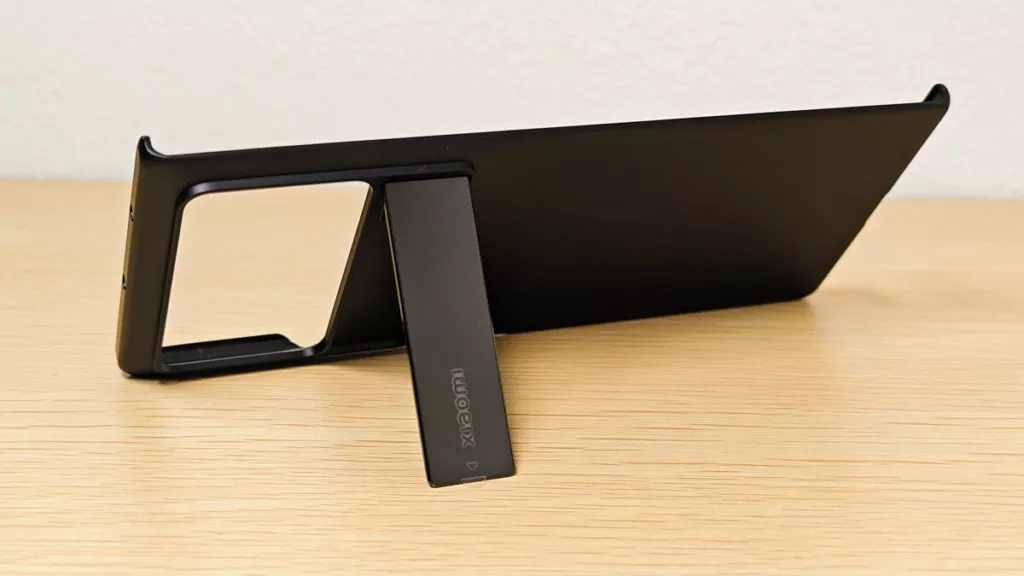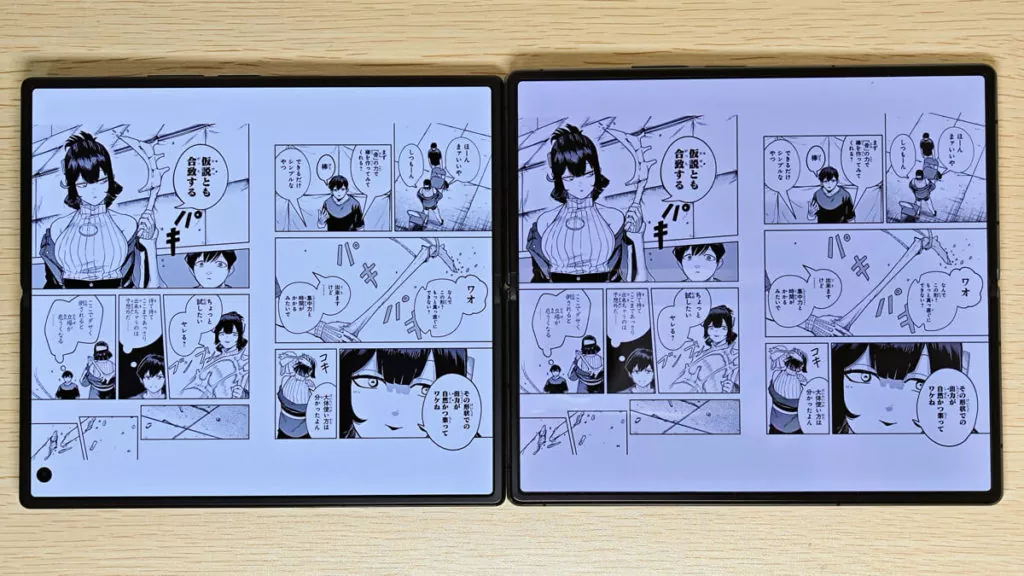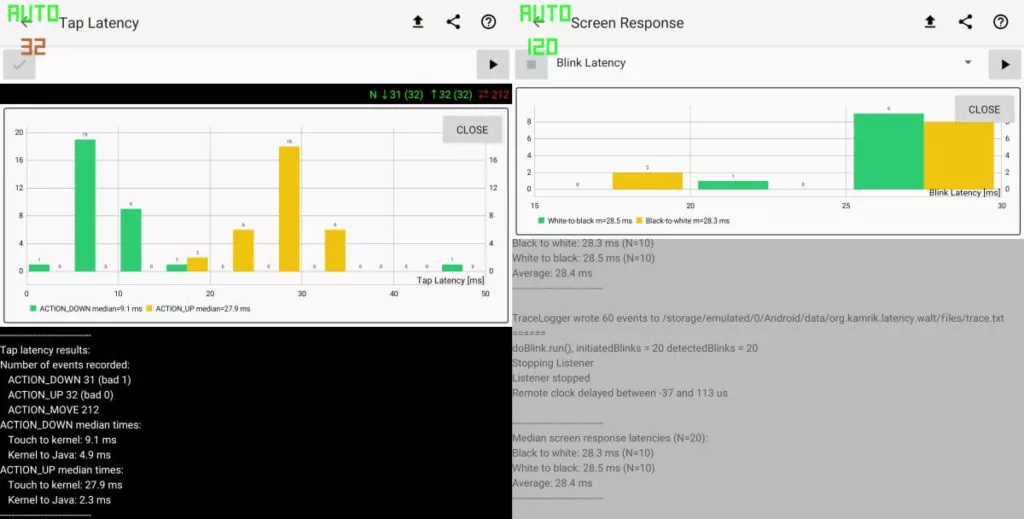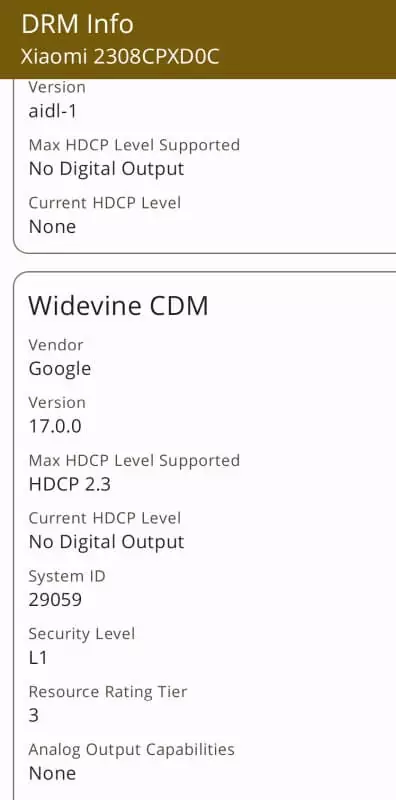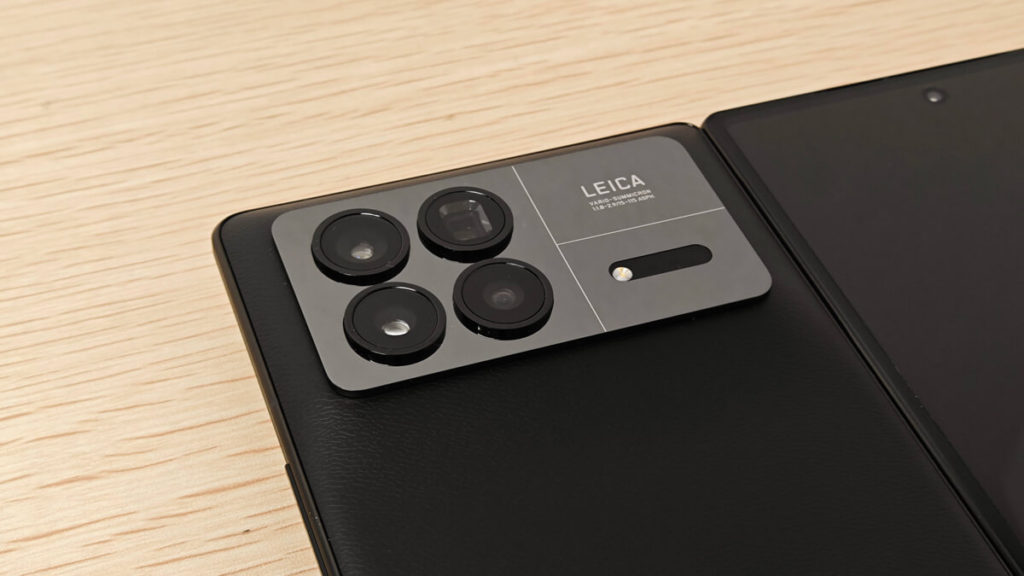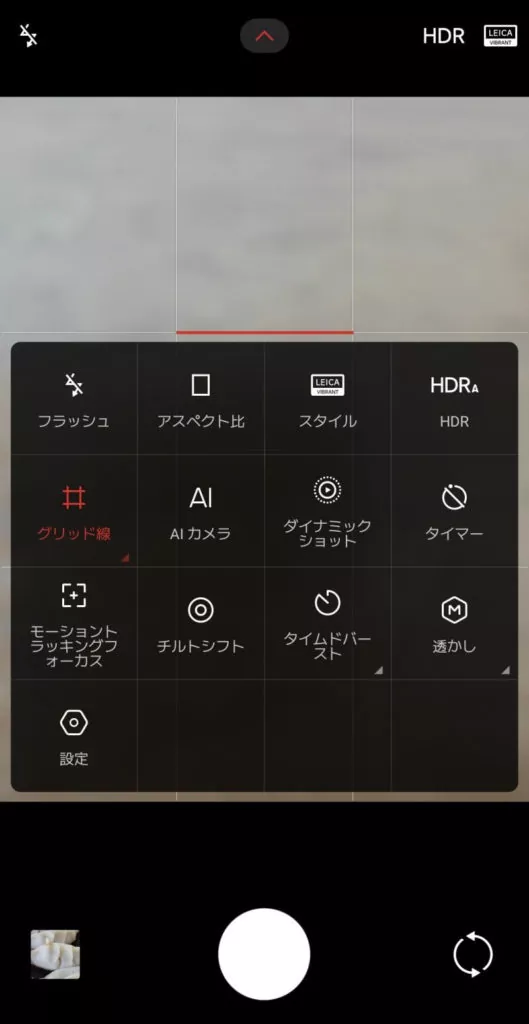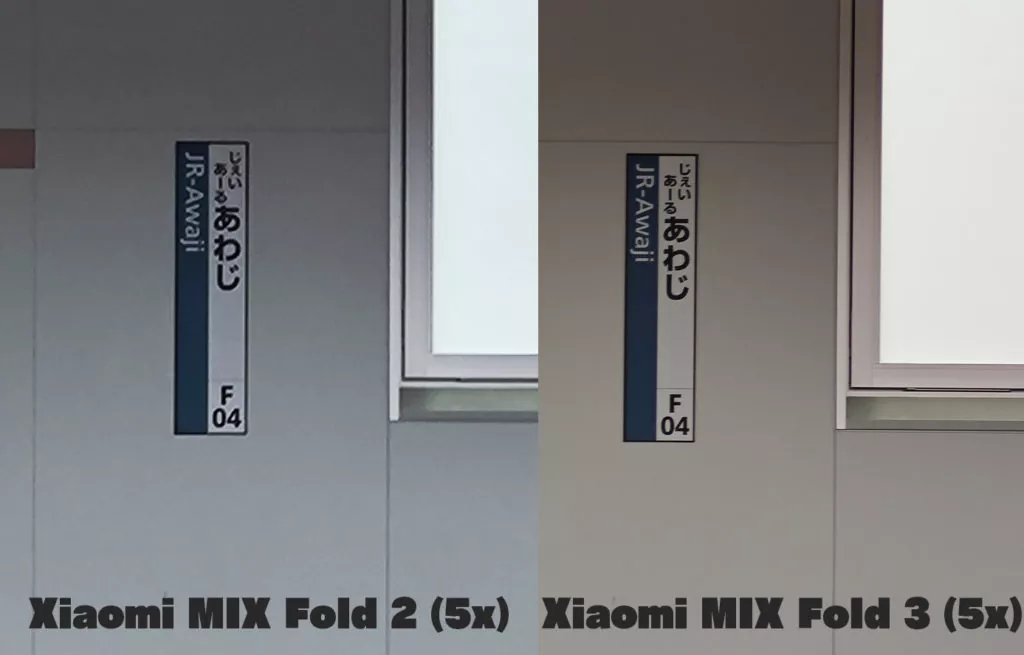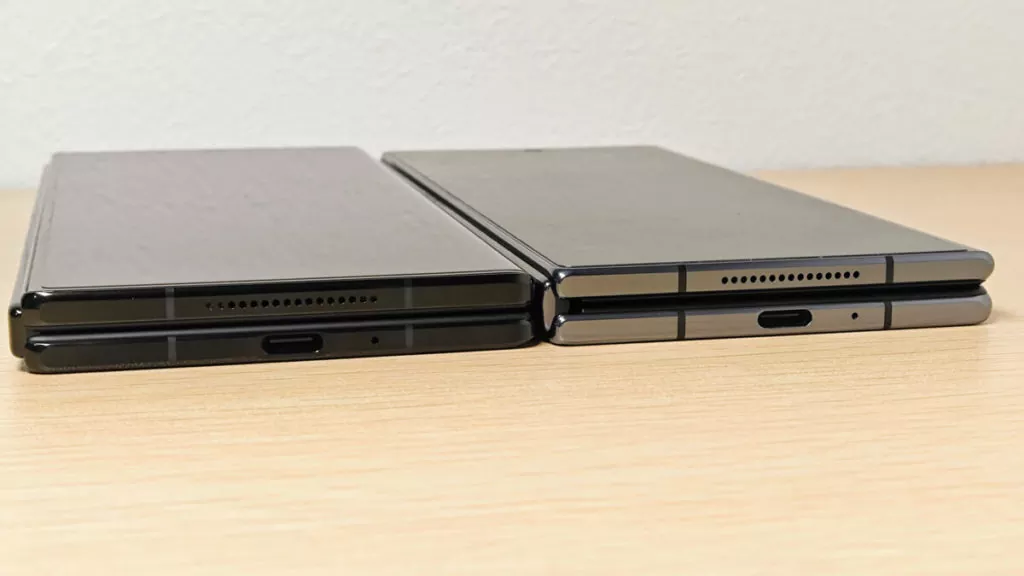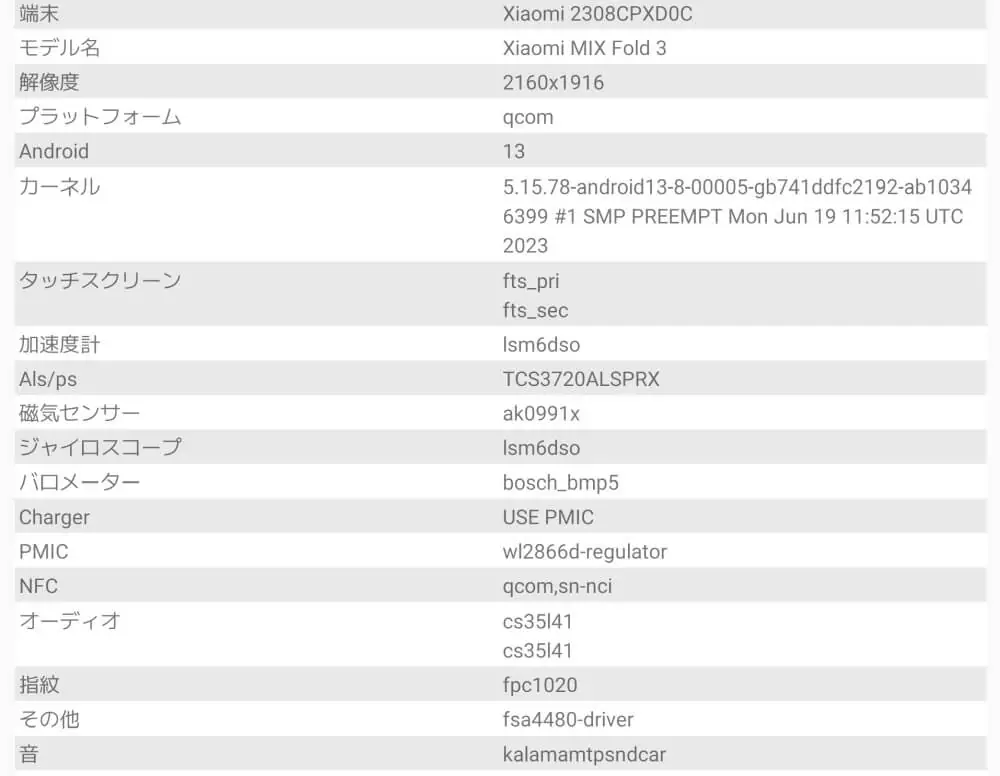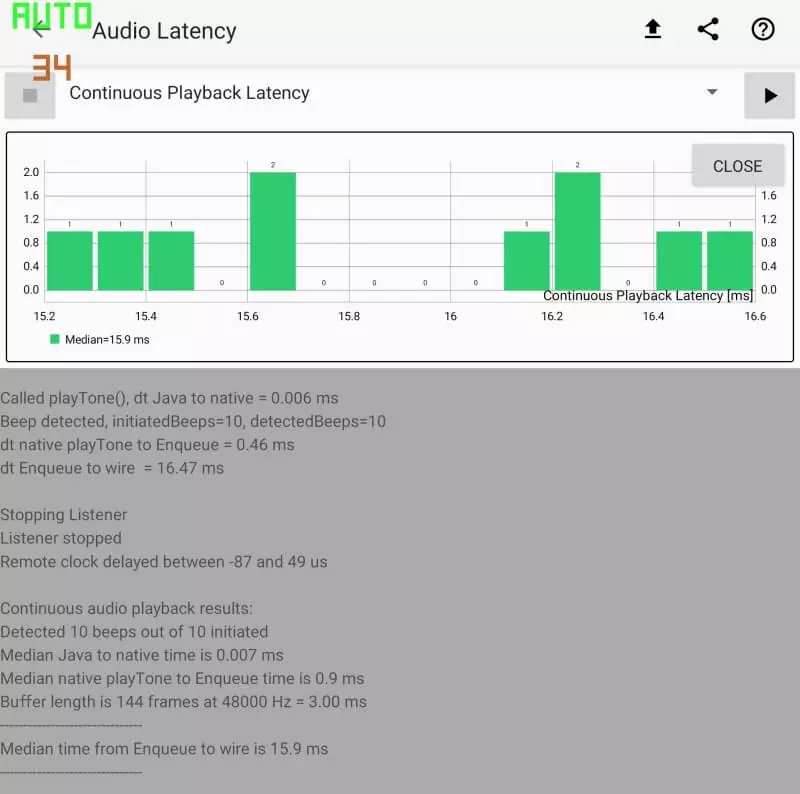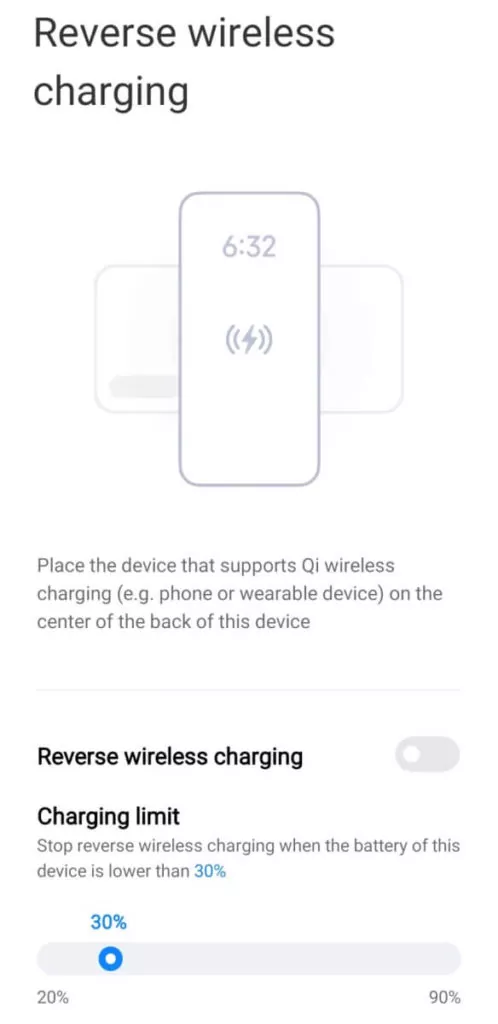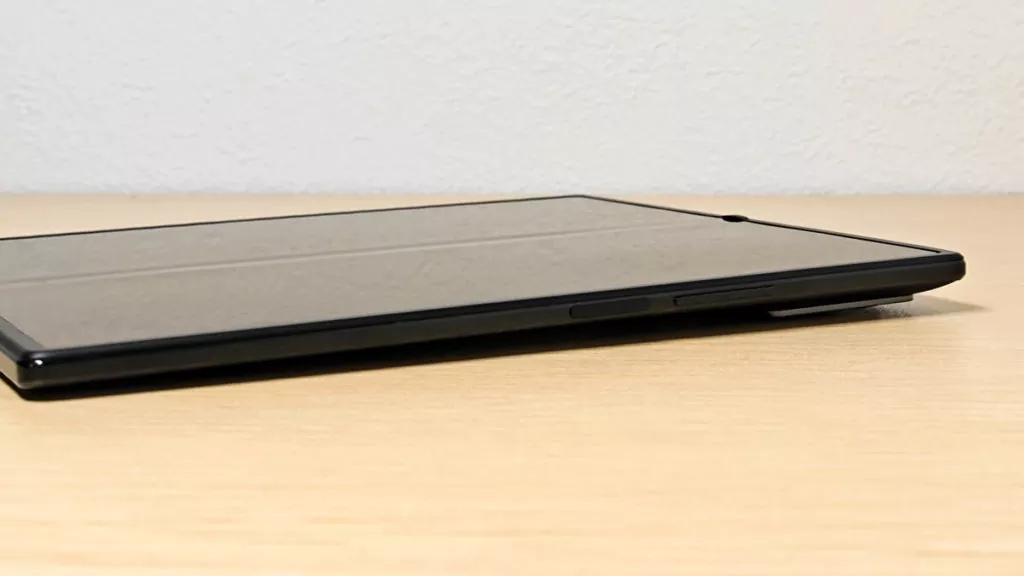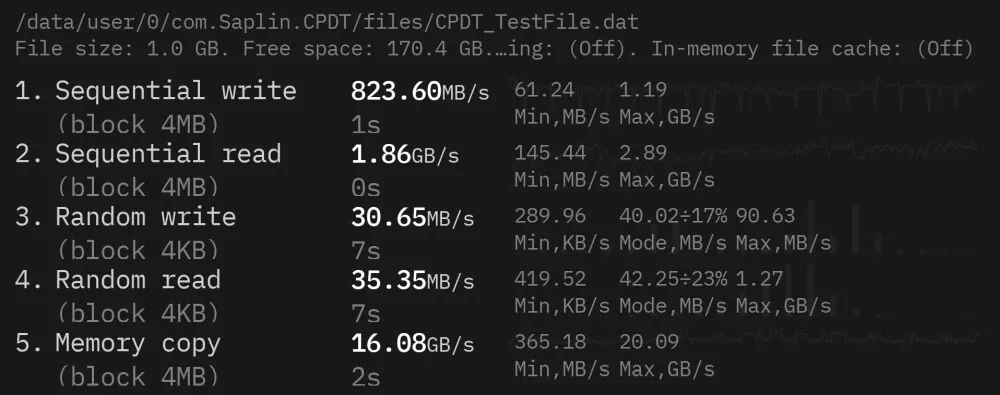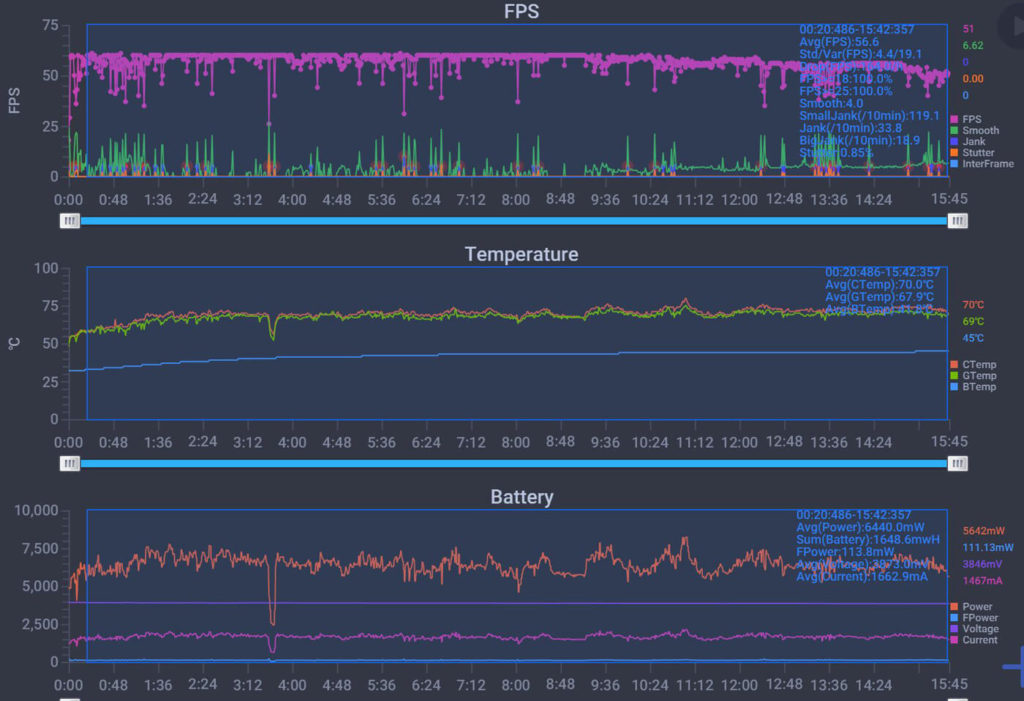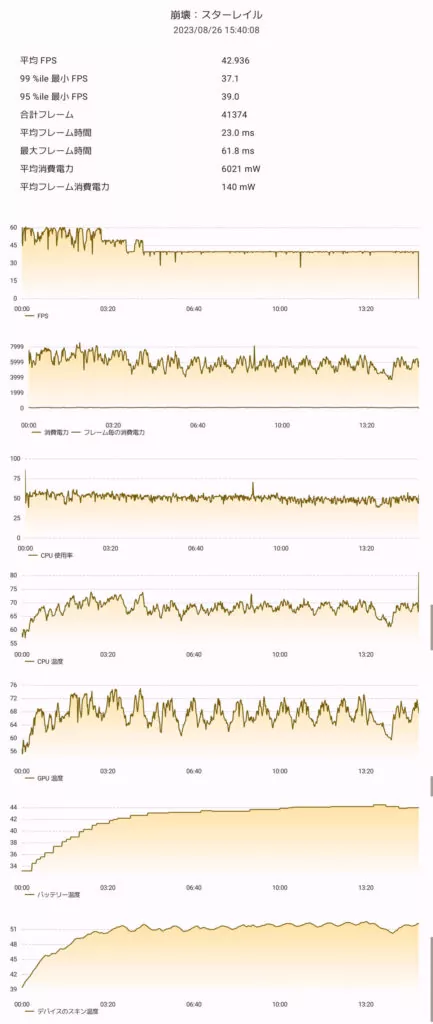Rating: 5
I purchased the Xiaomi MIX Fold 3.
Thin and lightweight, but with improved specs
The Xiaomi MIX Fold 3 is a foldable smartphone with Snapdragon 8 Gen 2 Leading Version.
The weaknesses of the previous Xiaomi MIX Fold 2 model, such as the inability to fix the angle, subtle camera performance, and lack of wireless charging support, have all been resolved, and yet it remains thin and light, weighing a measured 269.8g and 5.26mm in thickness.
Battery capacity has been increased to 4800mAh, and the USB Type-C port has been upgraded to USB 3.2 Gen 1 with video output.
The overall specs have improved from the previous model, and the only thing that has gone wrong is that while the in-camera has made video calls and the like easier, it is no longer the punch hole less full screen that made the MIX Fold 2 so appealing.
This review is done with version V14.1.5.0.TMVCNXM, 12GB+256GB version.
- AMOLED with 120Hz refresh rate support for both screens
- Both screens exceed 1000 nits brightness all-white
- 8.03″ screen that can display comics in a spread
- The crease is quite discreet
- One of the lightest foldable models at 269.8g & 5.26mm thin
- Lightweight but increased to 4800mAh battery
- The hinge can be fixed at 45° to 135
- Equipped with 3.2x and 5x telephoto lenses
- USB 3.2 Gen 1 port for video output
- High performance & power saving Snapdragon 8 Gen 2
- 67W fast charging & 50W wireless charging support
- Protective film is vulnerable to scratches
- Equipped with an inside in-camera for better or worse
- Hard to dissipate heat in time during games
| Xiaomi MIX Fold 3 2308CPXD0C | |
|---|---|
| OS | Android 13 |
| RAM | 12GB / 16GB LPDDR5X |
| Storage | 256GB / 512GB / 1TB UFS 4.0 |
| SoC | Qualcomm Snapdragon 8 Gen 2 Leading Version |
| Display | Inner: 8.03inch 2160 x 1916 Aspect ratio 4:3.55 120Hz LTPO AMOLED Outer: 6.56 inch 2520 × 1080 Aspect ratio 21:9 120Hz AMOLED |
| Size | Unfolded: 161.2 x 143.28 x 5.26mm Folded: 161.2 x 73.5 x 10.96mm |
| Weight | 259g |
| SIM | nano SIM + nano SIM |
| Rear Camera | 50MP (OIS / SONY IMX800) + 12MP (Ultra-wide OMNIVISION OV13B10) + 10MP (OIS / 3.2x Samsung S5K3K1) + 10MP (OIS / 5x Samsung S5K3K1) |
| Front Camera | 20MP (OMNIVISION OV20B) |
| Battery | 4800mAh |
| USB Port | USB Type-C (USB 3.2 Gen 1) |
| Bands | 5G:n1 / n3 / n5 / n8 / n28a / n38 / n40 / n41 / n77 / n78 / n79 4G:FDD-LTE:B1 / B2 / B3 / B4 / B5 / B7 / B8 / B12 / B17 / B18 / B19 / B26 TDD-LTE:B34 / B38 / B39 / B40 / B41 / B42 3G:WCDMA:B1 / B2 / B4 / B5 / B6 / B8 / B19 2G:GSM:B2 / B3 / B5 / B8 CDMA 1X:BC0 |
Index
- 1 Thin and lightweight, but with improved specs
- 2 Display: Bright and easy to read
- 3 Hinge: Angle fixation is possible
- 4 Back: Smooth to the touch
- 5 Camera: adequate for everyday use
- 6 Speakers: Bass is subtle
- 7 Port: USB 3.2 Gen 1 support
- 8 Performance: good for everyday use, but not for games
- 9 Conclusion
Instructions, protective case, charging cable and charger are included.
Protective film is factory attached.
The protective case does not cover the sides, etc.
It has a stand function and can be stabilized without relying on the hinge angle fixation.
Display: Bright and easy to read
The Xiaomi MIX Fold 3 has an 8.03″ 2160 x 1916 resolution display on the inside.
It is said to be even sturdier than the MIX Fold 2, which shows no sign of failure even after a year of use as the main unit, and it is unlikely to break unless handled very roughly.
The folds are much less noticeable and the indentation seems smaller than in MIX Fold 2.
The array is of the diamond pixel type, which differs from the usual in that it is circular.
The Xiaomi MIX Fold 2 (right) did not have an in-camera, but the Xiaomi MIX Fold 3 (left) has an in-camera.
The in-camera has the advantage of making it easier to make video calls, take selfies, and use face recognition, and it must be attached for everyday use.
Google’s Android 13 CDD requires an in-screen camera, so I hope that the successor model will be equipped with a camera under the display.
In Jump+, etc., if you do not set “Always show notch” in Notch in individual apps in settings, the display size will be reduced to avoid punch holes.
The luminance sensor is located in the upper right corner and can be seen as a circle when light is reflected off it.
Since the protective film is soft enough to withstand bending, it is more easily scratched and dust is more likely to accumulate in the bumps than on a regular phone.
When measuring brightness LX-1336B during all-white HDR video playback with automatic brightness adjustment on, the maximum reached 1313 nits.
Although Xiaomi claims a peak brightness of 2600 nits, it never actually produces that kind of brightness, even when only one pixel is lit.
We were able to confirm that the high brightness mode is activated outdoors and reaches 880 nits. It is easy to see outdoors during the day.
The outer display is vertical with an aspect ratio of 21:9.
The array is diamond pixels.
When measuring brightness during all-white HDR video playback with automatic brightness adjustment on, the maximum brightness reached 1174 nits.
It is wonderful to see that both inside and outside exceed 1000 nits.
We were able to confirm that the high brightness mode is activated outdoors and reaches 737 nits.
Refresh rates are supported at 120 Hz for both screens, with LTPO on the inside for more power savings.
120 Hz can be turned on or off by application.
The touch latency measured by the WALT Latency Timer was 14 ms for the inside and 28.4 ms for the screen drawing latency, for a total of 42.4 ms.
On the outside, touch latency was 11.9 ms and screen rendering latency was 36.4 ms for a total of 48.3 ms.
It’s Widevine L1 and streaming playback in HD quality is available.
Hinge: Angle fixation is possible
The Xiaomi MIX Fold 2 could only be opened or closed, but the Xiaomi MIX Fold 3 allows the angle to be fixed between 45° and 135°.
On YouTube, if you fold in the middle of a video during playback, the video will be displayed in the upper half of the screen and you can use the lower half for lists and other operations.
The layout is adjusted in the camera, with all controls displayed in the lower half of the camera while showing in the upper half, and a larger preview after shooting.
It can be stabilized without a tripod by placing it on a desk, etc., and the range of shooting methods has expanded compared to the MIX Fold 2.
Back: Smooth to the touch
The back is leather-like and resistant to fingerprints and smudges.
The MIX Fold 2 had a smooth surface, but the MIX Fold 3 is smooth and has a different luxurious feel.
In MIX Fold 2, only the right end was curved, but in MIX Fold 3, both ends are curved.
I think the symmetry of the design is good, but it is a shame that the surface that can be protected with regular protective film/glass has been reduced…
It weighs 269.8g.
The Xiaomi 13 Ultra weighs a measured 230.5g, and it’s great that MIX Fold 3 able to achieve this level with the 8-inch large screen.
Because tablets are much heavier and harder to carry, the MIX Fold 3 has just the right balance of screen size and weight.
Camera: adequate for everyday use
Xiaomi MIX Fold 3 has quad cameras:
- 50MP (OIS / SONY IMX800)
- 12MP (Ultra-wide OMNIVISION OV13B10)
- 10MP (OIS / 3.2x Samsung S5K3K1)
- 10MP (OIS / 5x Samsung S5K3K1)
It is in collaboration with LEICA and is a Summicron lens with 1G+6P.
Hand-held photos are saved here.
The camera UI has been changed to the same as the Xiaomi 13 Ultra and others, and you can choose between LEICA Vibrant, which looks vivid, and LEICA Authentic, which is closer to realistic tints and has more vignetting.
Settings include an option to turn off the function that automatically changes the lens according to distance, and the ability to place the shutter button in the desired position.
Saturation is high and colors tend to be darker than the actual sky.
The 3.2x and 5x cameras have the same sensor, but the 5x suddenly becomes less saturated and closer to its true colors.
Comparing the 5x zoom of the Xiaomi MIX Fold 2 and MIX Fold 3, the difference is obvious.
The MIX Fold 2 has a digital zoom, so the text is blurred around the letters, but the MIX Fold 3 has a telephoto lens, albeit at 10 MP, so the text is clear.
Of course, this is still good enough for everyday use photography, although it loses out to camera-specific smartphones.
Night scenes have been improved so that they are easier to photograph with a little light and brightness.
By adjusting exposure and other parameters in the pro mode, you can capture the moon at up to 50x zoom, even hand-held.
There is also a super moon mode for easy moon shots, but it is AI composite, so there is no point in using it. If you want to see beautiful moon images, just search for them.
For video, the camera can capture up to 6 minutes of 8K 24FPS video, or 1080p 30FPS with Super Stabilization to reduce blurring.
Speakers: Bass is subtle
The Xiaomi MIX Fold 3 has stereo speakers.
Unlike the MIX Fold 2, the sides are black and non-reflective, and I personally think this is better integrated with the bezel for a calmer impression.
It is also stain resistant.
If anything, the vocals and treble are clearer and the bass is not so good.
It doesn’t seem to have evolved much from the Xiaomi MIX Fold 2.
It is equipped with a Cirrus Logic CS35L41 amplifier.
It comes with “Dolby Atmos” and “Optimized Audio Quality,” both of which allow you to enjoy spatial audio.
The audio output delay was 15.9 ms when measured with the WALT Latency Timer.
Bluetooth supports LHDC / LDAC as well as AAC / aptX / aptX HD / aptX TWS+ / aptX Adaptive, etc.
Port: USB 3.2 Gen 1 support
The Xiaomi MIX Fold 3 supports 67W fast charging.
Wireless charging, which was not supported in the MIX Fold 2, is also available.
It can be charged at a maximum of 50W.
Reverse wireless charging, which wirelessly charges accessories, is also available.
NFC and vibration are automatically turned off during reverse wireless charging to prevent malfunction.
USB 3.2 Gen 1 support enables high-speed data transfer while maintaining the thinness of the body.
Video and audio output in DisplayPort Alt Mode is also supported.
The power and volume buttons are located on the right side.
The power button has a built-in fingerprint sensor with fast authentication speed.
Performance: good for everyday use, but not for games
The Xiaomi MIX Fold 3 is powered by a Snapdragon 8 Gen 2 Leading Version, which is higher clocked than usual.
While the battery life is sufficient for everyday use without generating significant heat, the heat dissipation does not seem to be sufficient for games.
In Geekbench 6, the package name-disguised version (i.e., not affected by the manufacturer’s illegal boost) had 1475 single-core and 5220 multi-core, while the normal version had 2091 single-core and 5461 multi-core.
Since there is a large difference especially in single core, it seems that the performance is controlled by the package name judgment.
The Wild Life Extreme Stress Test in 3DMark with disguised package name showed a score of 3264 to 3251, with a temperature increase from 28°C to 47°C (19°C increase) and battery consumption of 13%.
Perhaps because the battery temperature reaches up to 47°C, the first time I tried to measure the temperature, the app was force-quit in the middle of the measurement.
Normally it would throttle before it heats up that much, but it continues to give its all and the stability is 99.6%.
PCMark Work 3.0 (package name disguised), which measures performance in everyday use such as document manipulation, scored 14087.
It has UFS 4.0 storage and LPDDR5X memory.
Sequential reads and random writes are top class speeds.
Playing Genshin in Performance mode, highest quality, 60FPS setting, Fontaine (underwater to land), WeTest PerfDog measured a power consumption of 113.8 mW per FPS at an average of 56.6 FPS.
Battery temperatures rose to a maximum of about 45°C.
Junk is increasing and FPS is dropping steadily around the 40°C mark, and it doesn’t seem to be suitable for very long periods of play.
The thinness and lightness of the design prevents the heat dissipation mechanism from being strengthened, which may be good enough for everyday use, but not enough to dissipate heat under heavy loads such as gaming.
15 minutes of play with Honkai: Star Rail in the highest quality averaged 42.9 FPS.
After about 5 minutes, the battery temperature exceeds 40°C and throttling begins, stabilizing at about 40 FPS.
Conclusion
- AMOLED with 120Hz refresh rate support for both screens
- Both screens exceed 1000 nits brightness all-white
- 8.03″ screen that can display comics in a spread
- The crease is quite discreet
- One of the lightest foldable models at 269.8g & 5.26mm thin
- Lightweight but increased to 4800mAh battery
- The hinge can be fixed at 45° to 135
- Equipped with 3.2x and 5x telephoto lenses
- USB 3.2 Gen 1 port for video output
- High performance & power saving Snapdragon 8 Gen 2
- 67W fast charging & 50W wireless charging support
- Protective film is vulnerable to scratches
- Equipped with an inside in-camera for better or worse
- Hard to dissipate heat in time during games
The Xiaomi MIX Fold 3 has almost completely eliminated the weaknesses of its predecessor, the MIX Fold 2, to a level that will satisfy those who want to use a single device for everyday use.



